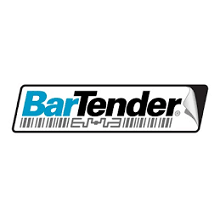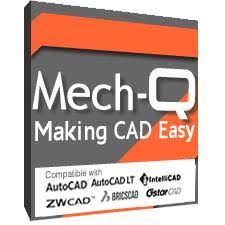 CSI Perform3D 8.1.0 Build 1171
CSI Perform3D 8.1.0 Build 1171
CSI Perform3D is a powerful tool for seismic and earthquake resistance analysis. Supporting complex structures, including wall structures subjected to complex shear forces, can be analyzed nonlinearly using a variety of limit states on the ground subjected to a variety of deformations.
Data models can be imported directly from ETABS and SAP2000. A multi-layered element is supported, including beams, columns, braces, retaining walls, eight decks, dampers, and isolators. Nonlinear analysis (static and/or kinetic) can be run on the same model. These types of loads can be applied in any sequence, like an earthquake load followed by a pushover.
PERFORM 3D provides powerful performance based on design capability, and can scale demand, capacity (use) for all limit components and all limit states . Performance evaluation based on ATC-40, FEMA-356 or ATC-440 fully automated.
Features of CSI Perform3D
- Nonlinear features include several nonlinear construction components such as frame hinges, shear walls, dampers, tie rods, and seismic isolators.
- The Perform3D analysis tool provides tools for performance-based design, including nonlinear thrust analysis and earthquake analysis. The analysis engine is 64-bit and the product is capable of running up to 8 analyzes in parallel.
- Perform3D includes a number of tools for measuring model response and evaluating structure behavior, including strain measurement factors and strain and strength definition on both elastic components and inelastic.
- The limit state feature in Perform3D can be used to aggregate response data into a demand-to-power ratio for easy performance evaluation.
- Perform3D can be exported from SAP2000 or ETABS and serves as the starting point for your Perform3D model.
- StarReminder 4.23.05
 Reminder scheduling software that you can easily use as an electronic calendar, task scheduler, planner
Reminder scheduling software that you can easily use as an electronic calendar, task scheduler, planner - PTC Arbortext Layout Developer 12.1.1.0
 Package Arbortext is designed to automate all the workflow with the document comes
Package Arbortext is designed to automate all the workflow with the document comes - Four Dimension Technologies GeoTools 22.23
 Additional program for AutoCAD and Bricscad provide the features required for geographic data in design
Additional program for AutoCAD and Bricscad provide the features required for geographic data in design - ECam Pro 5.0.432
 Reliable tool that allows you to create the design and simulation process, cut by lathe computer programming
Reliable tool that allows you to create the design and simulation process, cut by lathe computer programming - Chemstations CHEMCAD Suite 7.1.6.12867
 The simulation software chemical process visual matching process, chemical engineering and increased efficiency for engineers
The simulation software chemical process visual matching process, chemical engineering and increased efficiency for engineers - BarTender Enterprise 11.8.0.247912
 Software barcode labeling comprehensive. Create, automate and manage, label, barcode, rfid card and more
Software barcode labeling comprehensive. Create, automate and manage, label, barcode, rfid card and more - ASVIC Mech-Q Full Suite 4.21.100 for AutoCAD
 A set of tools useful to engineers from a wide range of engineering disciplines and disciplines, including petrochemicals, biotechnology
A set of tools useful to engineers from a wide range of engineering disciplines and disciplines, including petrochemicals, biotechnology - ANSYS Lumerical 2024 R1
 The product simulates the component level of Lumerical's DEVICE using workflow simulation-style physics
The product simulates the component level of Lumerical's DEVICE using workflow simulation-style physics - AllMapSoft Google Maps Terrain Downloader 7.203
 A tool that can automatically download Google topographic map images to your PC for offline map viewing
A tool that can automatically download Google topographic map images to your PC for offline map viewing - AllMapSoft Custom Google Maps Downloader 5.212
 The tool can automatically download the customized Google map images such as color, visibility, etc.
The tool can automatically download the customized Google map images such as color, visibility, etc.
